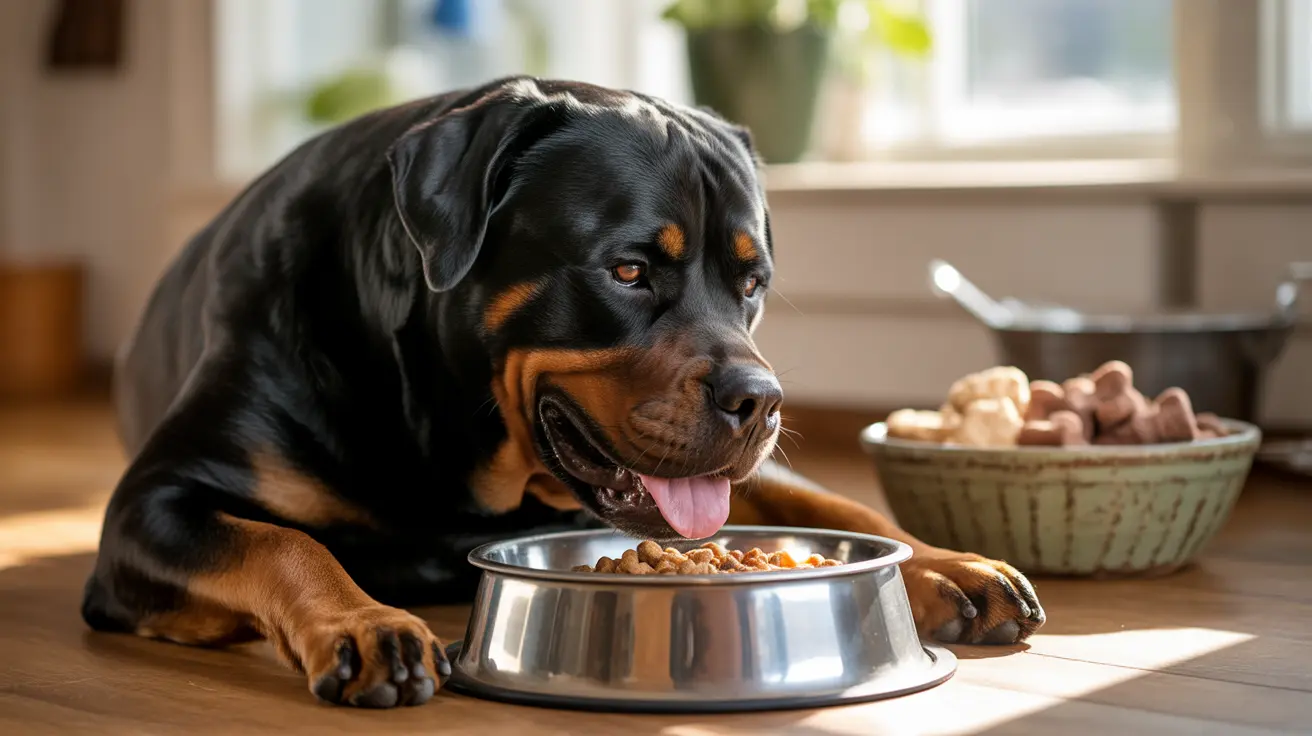What Happens If a Dog Eats a Small Piece of Garlic Bread?
Garlic bread is a staple in many households and often seems like a tasty treat to share with your furry friend. However, dog owners must exercise caution—garlic is toxic to dogs, and garlic bread presents multiple health hazards beyond just the garlic.
Why Garlic Is Harmful to Dogs
Garlic, alongside other members of the Allium family like onions, leeks, and chives, contains thiosulfate and n-propyldisulfide. These compounds are not harmful to humans but can cause oxidative damage to a dog’s red blood cells, leading to a potentially dangerous condition called hemolytic anemia.
Symptoms of Garlic Toxicity in Dogs
- Pale gums
- Lethargy and weakness
- Vomiting and diarrhea
- Dehydration
- Rapid breathing or panting
- Abdominal pain
- Dark-colored urine
- Jaundice (yellowing of skin or eyes)
- Increased heart rate
- Loss of appetite
These symptoms may not appear immediately. They can take hours or even days to develop, especially in cases of small or accumulated garlic intake over time.
How Much Garlic Is Dangerous?
Toxic doses depend on the dog’s size and sensitivity. Scientific studies suggest that 15 to 30 grams of garlic per kilogram of body weight can induce harmful effects. A single garlic clove weighs approximately 3 to 7 grams, meaning that it typically takes more than one clove to be overtly toxic. However, smaller breeds and sensitive dogs like Akitas or Shiba Inus may react to much lower doses.
Still, even minute amounts, especially when ingested repeatedly over time, may cause cumulative damage.
The Hidden Dangers of Garlic Bread
While garlic itself is a primary concern, garlic bread contains additional ingredients that may be equally problematic:
- Butter and oil – high in fat, leading to digestive upset or even pancreatitis
- Cheese – can cause lactose intolerance symptoms in some dogs
- Salt – may lead to sodium ion poisoning if consumed in large amounts
- Herbs and seasonings – some may irritate your dog’s gastrointestinal tract
So while garlic is the most toxic component, the overall composition of garlic bread makes it unsafe in any quantity.
What Should You Do If Your Dog Eats Garlic Bread?
If your dog consumes garlic bread:
- Try to estimate how much was eaten.
- Check for symptoms listed above, although they may take time to appear.
- Call your veterinarian immediately to determine whether diagnostic or treatment steps are needed.
Treatment may include:
- Inducing vomiting to prevent absorption
- Activated charcoal to bind toxins
- Intravenous fluids for hydration and kidney support
- Blood and urine tests to assess organ function
- Oxygen therapy or blood transfusions for severe anemia
Is There Any Safe Amount of Garlic for Dogs?
While some online sources tout the supposed health benefits of garlic—such as immune support, heart health, or natural pest repellent—these claims remain anecdotal and unconfirmed by veterinary science. Even more crucially, there is no universally accepted safe dosage of garlic for dogs.
Certain groups—including puppies, pregnant or nursing dogs, dogs with anemia, and specific breeds—are particularly vulnerable and must avoid garlic entirely.
Better Alternatives for Health and Parasite Prevention
Rather than risking your pet’s health with garlic, opt for veterinarian-approved supplements and treatments. These are formulated to be effective and safe for dogs.
Also, rely on high-quality, balanced dog food to provide all essential nutrients, including vitamins and minerals. There’s no need to supplement their diet with potentially toxic additives like garlic.
Conclusion: Don’t Let the Crumbs Fool You
Even a small piece of garlic bread can present a real danger to your dog. Between the toxic garlic, high-fat content, and added seasonings, it's simply not worth the risk. If such an accident occurs, don't wait—consult a veterinarian immediately.
In caring for our pets, prevention is always the best practice. Keep garlic bread and similar foods safely out of reach, and stick to dog-safe snacks when treating your four-legged friend.





